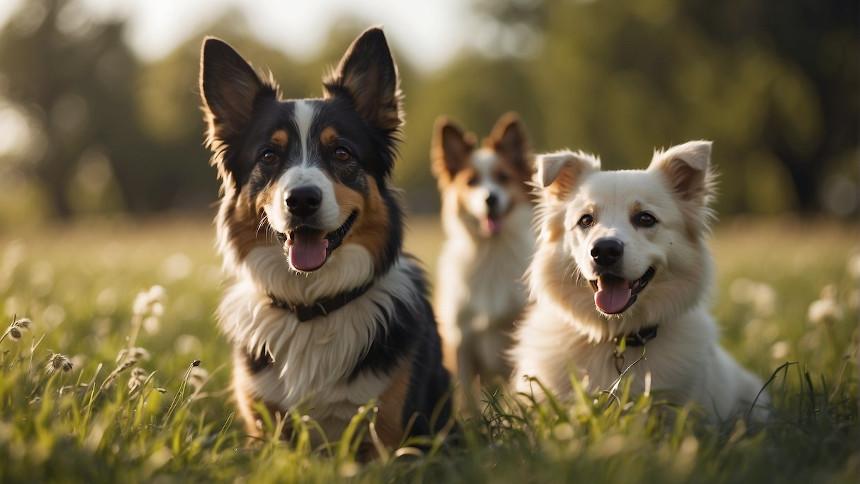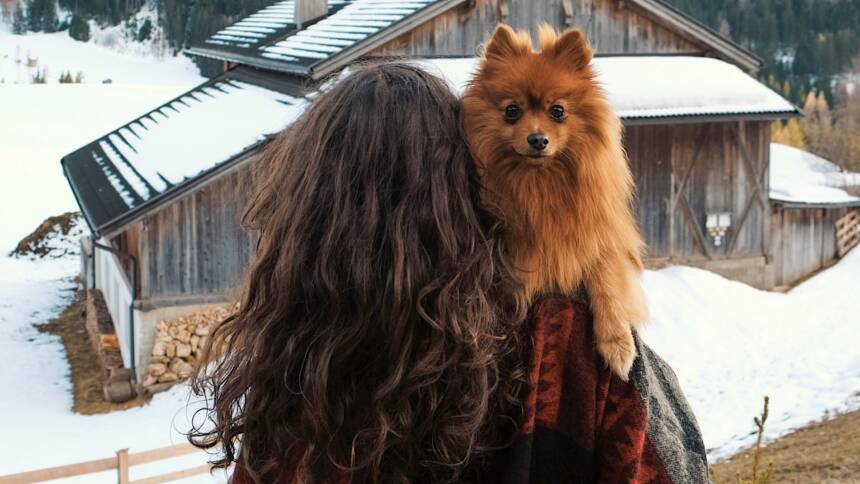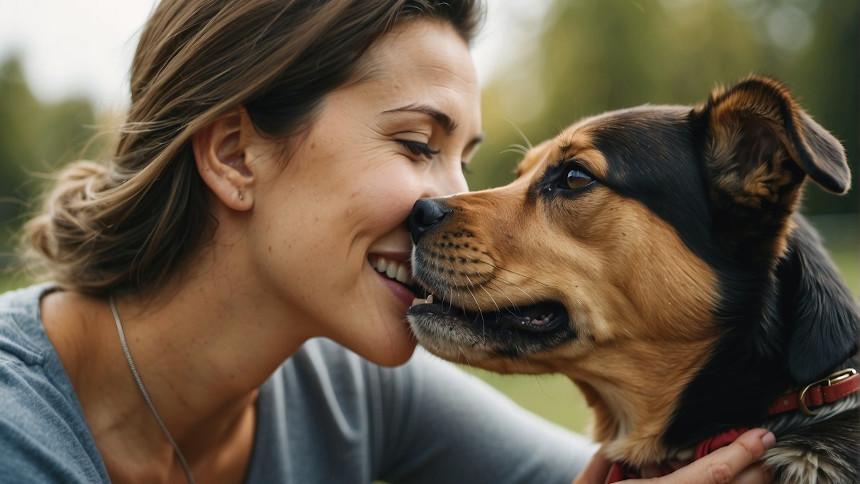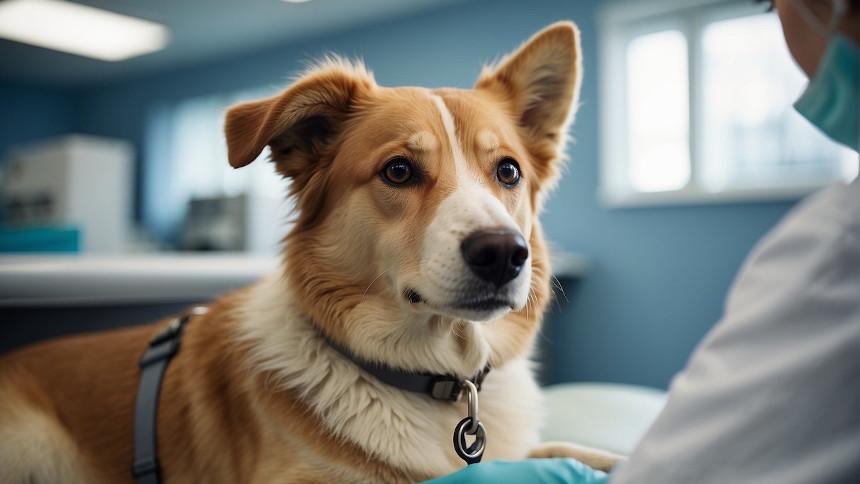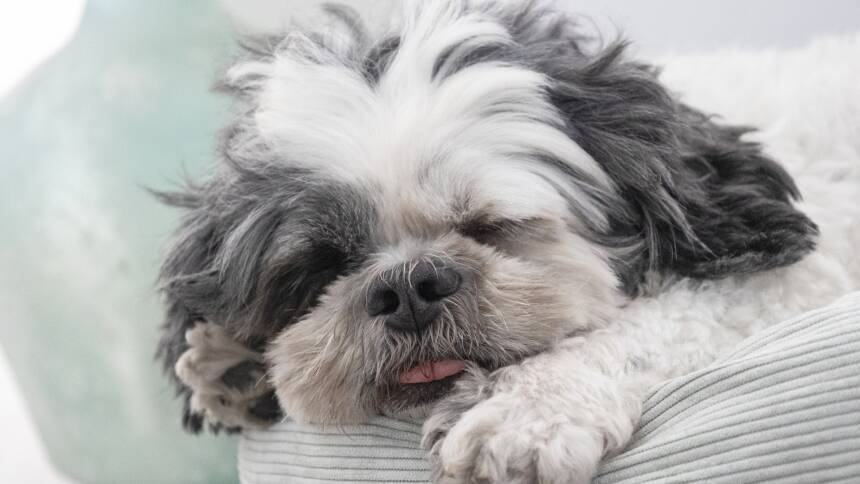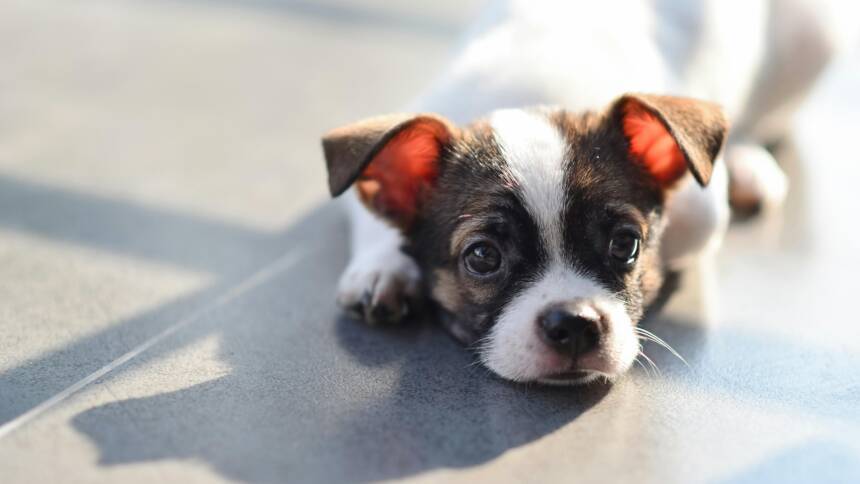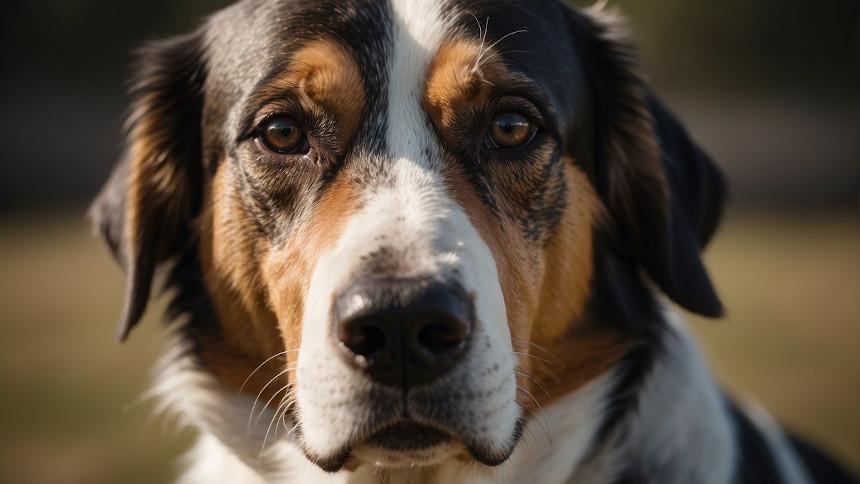Dog breeds come in a vast array of shapes, sizes, and personalities, each with its own unique appeal. While all dog breeds can bring joy and companionship, certain breeds have a reputation for being particularly cute. These breeds often possess endearing qualities such as expressive eyes, fluffy coats, and playful demeanors that appeal to dog lovers worldwide. Adorable cannot merely be attributed to puppy pictures that circulate on the internet; instead, it often resonates with a breed’s specific characteristics that evoke a sense of delight and affection.
Characterizing a dog breed as cute often involves subjective criteria, however, some breeds consistently capture hearts with their charming looks and lovable traits. For instance, the compact and robust Chow Chow, with its teddy bear-like appearance, leaves a lasting impression with its dense coat and distinctive mane reminiscent of a lion. On the other end of the size spectrum, large breeds like the Mastiff, despite their imposing stature, have gentle eyes and a droopy, tender face that exude a different kind of cuteness.
Diversity in dog breeds means that cuteness does not conform to a single standard. Mixed-breed dogs, for example, boast a unique blend of traits from their diverse lineage, often resulting in distinctive features and unpredictable combinations that are as cute as those found in purebreds. Whether a dog’s cuteness comes from its physical attributes, spirited playfulness, or an indomitable spirit of loyalty, the wide variety of cute dog breeds ensures that there is a perfect match for every enthusiast’s definition of adorable.
Defining Cuteness in Dog Breeds
Cuteness in dog breeds often gravitates towards certain physical and personality traits that evoke human caregiving responses. People generally find breeds with baby-like features—such as large, expressive faces and big eyes—particularly adorable.
Traits often associated with cuteness include:
- Looks: Physical traits such as unique markings or an endearing gait can define a breed’s cuteness.
- Facial Expressions: Dogs with the ability to display a wide range of emotions through their faces tend to be seen as cuter.
- Ears: Breeds with floppy ears often appear more playful and approachable.
- Coat: A fluffy and soft coat adds to the ‘cuddly’ factor and is typically considered cute.
- Size: Smaller breeds often score high on the cuteness scale due to their resemblance to puppies.
Some breeds that epitomize cuteness with these characteristics include the Chow Chow, known for its lion-like mane and stoic expression; the Pomeranian, small in size with a vivacious personality; and the French Bulldog with its distinctive bat-like ears and pleasant demeanor.
Dog breeds might also exude cuteness through their behavior, such as playful antics or a gentle personality. However, it’s important to acknowledge that perceptions of cuteness are personal and subjective. What may be irresistibly cute to one individual might not elicit the same reaction from another. Moreover, while cuteness can be a factor in choosing a pet, prospective owners should also consider the breed’s temperament, energy level, and suitability to their lifestyle.
Popular Cute Dog Breeds
When it comes to cute dog breeds, preferences can vary widely, but certain breeds consistently capture hearts with their adorable features and affable personalities.
Toy and Small Breeds
Toy and small dog breeds are often cherished for their compact size and expressive faces, making them endearing companions that fit comfortably in most living situations.
- Pug: Pugs are known for their playful yet stout build and distinctive wrinkles. Their charming facial expressions and loving nature make them irresistible.
- Yorkshire Terrier: This small breed boasts an elegant, silky coat and a feisty yet affectionate personality.
- Maltese: Maltese dogs have a silky white coat and are known for their gentle and affectionate demeanor.
- Shih Tzu: With a luxurious mane and warm, friendly eyes, Shih Tzus are affectionate and lively.
- Cavalier King Charles Spaniel: These dogs carry themselves with an air of regal grace, and their expressive eyes are a window to their affectionate souls.
Medium-Sized Breeds
Medium-sized breeds often strike the perfect balance between being robust enough for outdoor activities and still being cuddly enough for a lap.
- French Bulldog: Recognizable by their bat-like ears, French Bulldogs have a stocky build and an easy-going temperament.
- Corgi: Corgis are adored for their short legs, long body, and perky ears, making them instantly recognizable and loved for their spirited and affectionate nature.
- Dalmatian: This breed’s signature spots and athletic build have made Dalmatians an iconic and attractive breed.
- Siberian Husky: Huskies charm with their striking eyes and thick coats; they are energetic and friendly.
Large and Fluffy Breeds
The larger breeds tend to combine a majestic appearance with a gentle demeanor, and their fluffy coats only add to their appeal.
- Golden Retriever: Known for their friendly and tolerant attitude, Golden Retrievers have a golden, water-resistant coat which is highly pettable.
- Labrador Retriever: Labs are one of the most popular breeds in the world, beloved for their friendly and outgoing nature.
- Bernese Mountain Dog: With their tri-colored coat and sturdy frame, Bernese Mountain Dogs carry a gentle spirit and a strong presence.
- Samoyed: Samoyeds are known for their smiling faces and fluffy white coat, making them appear as joyful, living snowballs.
Breed-Specific Traits and Temperaments

When examining dog breeds, it becomes apparent that distinct lineage impacts not only their physical attributes but also their behavioral tendencies. Certain breeds display inherent traits such as intelligence, affection, and stubbornness, which makes understanding their temperaments crucial for potential owners.
For example, Chow Chows are often perceived as aloof and may bond closely with a single family member. Originating from China, these sturdy canines historically served as temple guards, showcasing their protective instincts. Their dignified and somewhat stubborn personality requires an owner who understands breed-specific needs.
Intelligence and herding capabilities are hallmarks of breeds like Border Collies. Renowned for their sharp minds, they are highly responsive to training, thus excelling in various dog sports and activities. Their propensity for herding can often translate into a desire for regular mental and physical engagement.
The American Kennel Club (AKC) categorizes breeds that showcase traits ideal for specific roles. Working dogs, for example, are often natural guard dogs due to their protective and alert natures. Breeds such as the German Shepherd epitomize this category, skilled in protection and service roles due to their intelligence and trainability.
In stark contrast, some breeds are predominantly known for their friendly demeanor. Golden Retrievers and Labradors are quintessential examples, exhibiting affection and sociability, which makes them beloved family pets.
It is vital for owners to carefully consider these traits, as a breed’s temperament can significantly influence their compatibility within a home environment. Choosing a dog whose characteristics align with one’s lifestyle and understanding is key to a harmonious relationship between pet and owner.
Caring for Your Cute Dog Breed

When it comes to grooming, each breed has specific needs. For instance, Pomeranians require regular grooming to maintain their fluffy coats, while Chow Chows, resembling little bears, need brushing several times a week to minimize shedding and prevent tangles.
Allergies should also be considered. Some breeds may be hypoallergenic, meaning they are less likely to cause allergic reactions in humans. Nonetheless, dog owners should maintain a clean environment to keep allergens at bay.
Proper nutrition is crucial for a dog’s health. Smaller breeds, like the Cavalier King Charles Spaniel, may require diets catered to their size, ensuring they get the right balance of nutrients without overfeeding.
When it comes to training, positive reinforcement works best. Small breeds can be just as eager to please as larger ones and respond well to treats and praise.
Health monitoring is an ongoing responsibility. French Bulldogs, for example, are prone to respiratory issues, so owners should watch for signs of distress.
Finally, exercise is vital, even for small breeds. Regular walks and playtime help maintain weight and support joint health. However, each breed has its own exercise needs—balance is key.
| Key Care Aspects | Details |
|---|---|
| Grooming | Daily to weekly brushing, depending on the breed |
| Allergies | Keep a clean environment, consider hypoallergenic breeds |
| Nutrition | Breed-specific diet; avoid overfeeding |
| Training | Use positive reinforcement |
| Health | Regular vet check-ups; monitor for breed-specific issues |
| Exercise | Tailor to the dog’s size and energy level |
It’s essential for owners to educate themselves on their furry friend’s needs to ensure a happy, healthy life.
Choosing the Right Breed for You
When selecting a dog breed, families must consider several essential factors to ensure the pet fits their lifestyle and home environment.
Family-Friendliness: Some breeds have a natural affinity for the family setting. Breeds like Labrador Retrievers and Golden Retrievers are known for their gentle nature and patience with children, making them a popular choice for family pets.
Space Requirements: The size of a dog can greatly impact its comfort and health in a living space. Smaller breeds such as French Bulldogs and Chow Chows might be suitable for apartment living, whereas breeds like Siberian Huskies or German Shepherds may require larger spaces to roam and are more suitable for homes with sizable yards.
- Activity Level: Prospective owners must match their own activity levels to that of the breed. High-energy breeds such as Border Collies and Australian Shepherds require significant exercise, while breeds like the Bulldog or Shih Tzu require less physical activity.
- Most Popular Breeds: According to the American Kennel Club (AKC), some of the most popular breeds are chosen for their temperament, size, and ease of training. The AKC also provides resources for prospective owners to understand breed-specific needs.
Assessing these factors and doing thorough research will help ensure that the chosen breed aligns well with a family’s daily life, leading to a harmonious relationship between the pet and its human companions.
